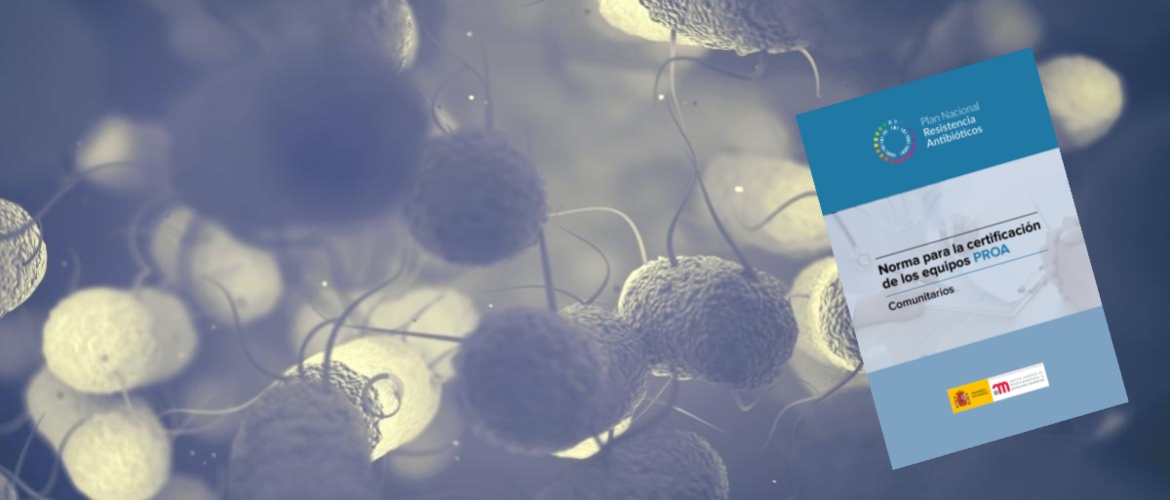Global increase in antimicrobial resistance and complexity of infectious disease make it essential to establish Antimicrobial Use Optimization Programs (PROA) in the community and hospital areas.
These programs have the objective of optimizing prescription of antibiotics, guaranteeing optimal clinical results, minimizing adverse effects derived from their use, controlling the appearance of resistance and ensuring the use of cost-effective treatments.
Considering this situation, last wednesday, february 15th, PROA’s standards document was presented in Madrid (Spain). From the beginning, PROAs has been integrated into the strategy of the National Plan against Antibiotic Resistance (PRAN) and in 2017 a national, regional and institutional regulatory framework was created to allow PROA to develop successfully in different healthcare spheres.
PRAN has develop this standard with scientific societies in the community (semFYC, AEPap, SEFAP, SEIMC, SEMERGEN, SEMG, SEPEAP) and hospital fields (SEFH and SEIMC), and with the collaboration of all of the regions of Spain.
Standard’s characteristics
The Community PROA Equipment Certification Standard is made up of 43 standards. Each standard defines a requirement that must be achieved for the implementation of PROA. These requirements are classified according to the degree of PROA’s development. The associated requirement can be basic, advanced or excellent level:
• Basic: measure that should be implemented in all Primary Care centers.
• Advanced: recommended measure in centers with greater experience in the implementation of the programs.
• Excellent: optimal measure that, generally, will be applied in reference health areas.
Also, these requirements are classified as mandatory or non-mandatory. Because of the complexity involved in implementing some of these standards, some of them have been separated into the three compliance levels (basic, advanced and excellent) to recognize and facilitate their achievement.
With this new standard, Spain takes a step forward in the fight against antimicrobial resistance and becomes a benchmark in Europe in this field.
You can now consult the document in spanish clicking this link.





